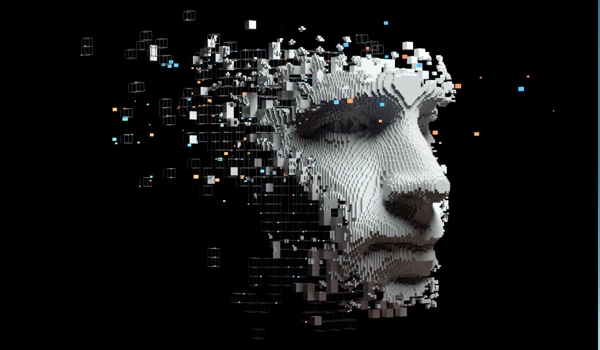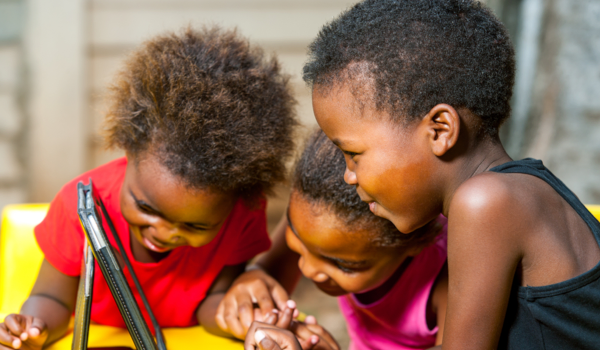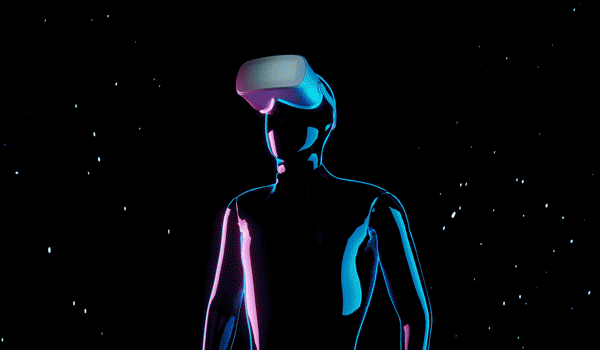


Day 16
The Yuan’s voyage of intelligent discovery sails on day 16 for Cambridge. The motto of this storied university town amid eastern England’s reed-grown fens is Literis Antiquis Novis Institutis Decora - Distinguished for Classical Learning and New Institutions - composed in 1846 by Edward Everett, US ambassador to the UK and president of Harvard College - in another Cambridge. Computational physicist Roger Kingdon discourses on Google’s Bard and other ‘new institutions.’Shifeng Wang
Chief Editor, The Yuan
CAMBRIDGE, UK - Much has been written about ChatGPT, but what about Google’s chatbot, Bard? Google introduces it as “your creative and helpful collaborator, here to supercharge your imagination, boost your productivity and bring your ideas to life.” This sounds promising, but does this creativity and helpfulness extend to scientific research? As a test case, can Bard help clarify why a large majority of humans are right-handed?
The results will go some way toward determining how useful Bard and other chatbots like it can really be, and what more must be addressed in their future iterations so that they might live up to their full potential.
As for the question of why most people are right-handed, is it associated with the casual observation that a nursing mother’s right breast is often more swollen with milk than the left? In my book How to Make a Mind, I speculate that “Perhaps right-handed mothers tend to put their mewling infants to their right breasts first. In this case a suckling babe would hear his mother’s soothing words mainly with his free right ear, with the resulting percepts being processed in his left hemisphere. This posture also frees up his right hand to practice developing his hand-eye coordination, so he ends up right-handed like his mother. But by the time he’s been transferred to her left breast he’s usually too drunk to listen or to wave his free arm about.”1 This flight-of-fancy has received unexpected support from a 2019 systematic review that noted the correlation between bottle-feeding and left-handedness.2 I suppose that in most such cases the bottle would be held in the adult’s right hand, with the infant cradled such that his left hand would be free “to practice developing his hand-eye coordination,” and so on.
Whilst ingenious, this argument does not actually explain the predominance of right-handedness. Accordingly, in 2017 I trained my engineer’s eye on the networ
The content herein is subject to copyright by The Yuan. All rights reserved. The content of the services is owned or licensed to The Yuan. Such content from The Yuan may be shared and reprinted but must clearly identify The Yuan as its original source. Content from a third-party copyright holder identified in the copyright notice contained in such third party’s content appearing in The Yuan must likewise be clearly labeled as such. Continue with Linkedin
Continue with Linkedin
 Continue with Google
Continue with Google









 559 views
559 views








